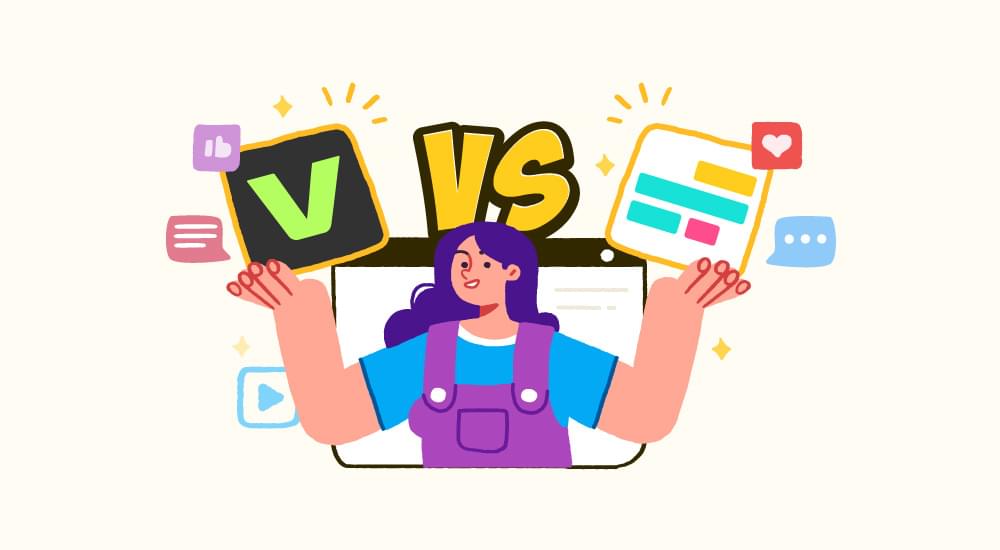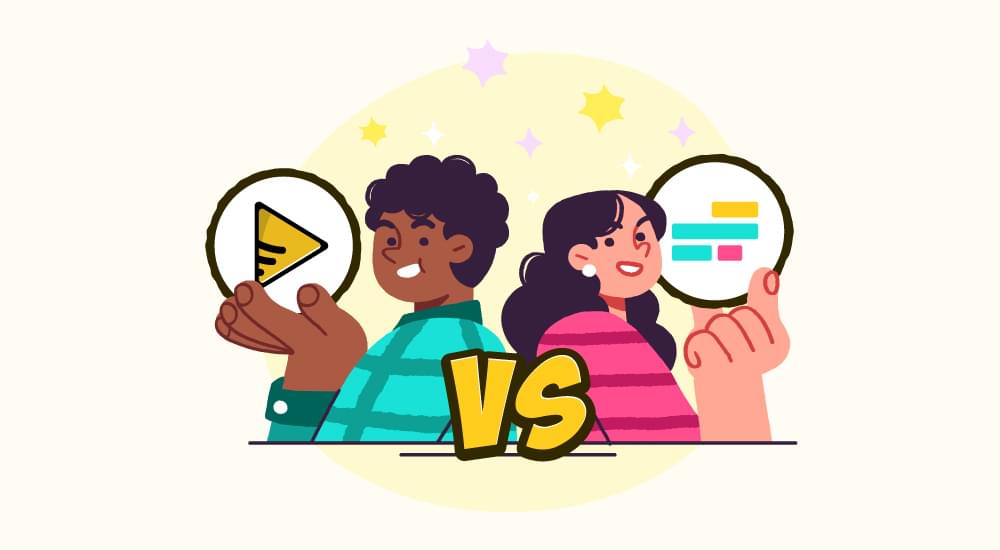
benefits of subtitles in video
Netflix Subtitling: Global Demand by The Netflix Effect
The way we enjoy entertainment has undergone a complete transformation with the rise of streaming services like Netflix, Amazon Prime, and Hulu. Now, an incredibly diverse range of content is available at the tap of a screen, transcending geographical boundaries and sparking a global fascination for various movies and shows. This rise in multilingual binge-watching has shown a universal need for subtitles like Netflix subtitling to ensure accessibility and to immerse in the cultural richness each film and series offers. As you explore the world of global entertainment, the importance of subtitles in creating a truly connected viewing experience becomes more evident.
Ever wondered about Netflix’s global triumph? It’s rooted in content localization. In 2017, Netflix services were running in more than 190 countries. Now, almost 73 million out of its roughly 130 million subscribers are located outside the United States.
Netflix stands out as a trendsetter, amplifying the quality of subtitles, dubbing, and closed captions across various languages. While not flawless, Netflix’s extensive range of subtitled and dubbed content, beyond just English, sets a remarkable benchmark that competitors strive to match.
In this blog, we will explore the narrative behind Netflix localization, Netflix subtitling ,discuss how it has become an absolute standard in subtitling and dubbing among streaming services, and the role of content localization in this globalized world.
Impact of Subtitles on Global Viewership
Videos have taken center stage, attracting audiences across industries, from influencers to corporate giants. They command attention, drive engagement, and serve as a backbone in successful marketing, politics, and education campaigns. In the video creation industry, however, one crucial aspect often gets overlooked: subtitles and captions.
Historically an afterthought, subtitles possess immense power in making video content viral, offering plenty of benefits for creators and viewers. Subtitles serve as a gateway to accessibility, breaking down barriers for a wider audience, including those with hearing impairments or language constraints. They help create a connection between visuals and understanding, enhancing inclusivity and relatability.
Accessibility and SEO Boost
Subtitles have a dual impact, significantly enhancing SEO and boosting viewer engagement. Research suggests that subtitles can increase a video’s viewership by 40%, extending attention spans and signaling the content’s value to search engines. Google indexes embedded subtitles, increasing discoverability in online searches.
Driving Engagement and Watch Time
Subtitles are the silent catalysts behind increased engagement across platforms. Whether on YouTube, Facebook, TikTok, or Instagram, they increase watch time, with Verizon reporting an 80% preference for videos with subtitles. Engagement metrics such as likes, shares, and comments soar, making the path to viral content more attainable.
Global Appeal with Multilingual Binge-Watching
Beyond language barriers, subtitles provide a multilingual binge-watching experience, expanding content reach and appealing to a global or diverse audience. They don’t just help in understanding but also enhance SEO, increasing visibility in foreign language searches.
In short, subtitles have become the main lead in transcending language barriers, enhancing accessibility, bolstering engagement, and expanding global reach. With streaming service translation, entertainment can become universally understood and appreciated content.
Related: How to Expand to New Global Markets with Subtitles
Cultural Significance and Accessibility of Localized Content

For a successful process of content localization, you must grasp its significance. Simply put, content localization serves as a bridge, enabling businesses to connect with diverse audiences distributed in various languages and cultures. Businesses can create stronger connections by creating content that resonates with local needs, preferences, and cultural nuances, building trust and credibility.
Navigating a Digitally Connected World
As we all know, the world is more intertwined than ever before. As businesses plan to reach global audiences, they are challenged to navigate diverse cultural and linguistic landscapes. Content localization is the answer with which businesses can succeed in this intricate maze and adapt and cater to the unique demands of each audience.
The Importance of a Robust Localization Strategy
The strength of your localization strategy can make or break your success. It is the cornerstone for expanding your reach, exploring new demographics, and cementing a solid brand presence. Therefore, understanding content localization is imperative for those seeking broader horizons and a steadfast brand foothold.
The Netflix Localization Strategy in a Nutshell
So, here, coming back to the question we raised in the beginning. What is Netflix subtitling and how their Netflix localization strategy is the essence of its global presence, fame, and success. Research indicates that neglecting to localize your purchasing experience might result in losing over 40% of your potential market share. Such a loss is substantial for most businesses, emphasizing the critical role of localization, particularly content localization.
Netflix localization strategy involved reshaping and creating native content to resonate with diverse markets. It’s more than translation. It’s about making content relatable and pertinent to local audiences. From dialogues and storylines to visual cues, adjustments were made to ensure smooth integration in new cultural contexts.
As George Steiner stated, “Without translation, we would be living in provinces bordering on silence.”
Translation is an important component that transcends literal word conversions and makes multilingual binge-watching easier anytime, anywhere. The foundation is making content not just linguistically understandable but culturally relevant. This involves adapting dialogues, plots, visual elements, and even post-production aspects to suit varied audience sensibilities.
The Netflix Localization in Dowdy’s Perspective
Now, here is an interesting story. Heather Dowdy, Netflix’s director of product accessibility, grew up with deaf parents, offering her a unique insight into subtitle accuracy and gaps. Having hearing privileges, she noticed nuances and important points missing from subtitles. For those with hearing loss, automated subtitles are sometimes humorously termed “craptions.”However, the use of TV subtitles extends beyond the deaf and hard-of-hearing community. According to the National Council on Aging, approximately 15.5% (44.1 million) Americans face varying degrees of hearing challenges. Surprisingly, around 40% of Netflix’s global users rely on subtitles regularly, while 80% use them at least monthly, driven partly by the trend of multitasking while watching.
Dowdy pointed out that subtitles, initially developed to help people with hearing impairments, now benefit a much broader audience. Her work extends beyond assisting those with disabilities it contributes to improving the viewing experience for numerous users.
“It’s not about identifying disabilities it’s about facilitating participation,” Dowdy highlighted. Their focus lies in ensuring features are inclusive and accessible for all viewers.
Netflix’s Global Expansion Blueprint: A Closer Look

Let’s begin by examining the roadmap Netflix followed to achieve its current status as the go-to subscription video-on-demand service globally. Netflix’s journey toward international dominance can be dissected into three distinct phases, each with its own localization and market entry strategies.
Phase 1: Establishing a Stronghold in the U.S. and Initial Global Outreach
In its early stages, Netflix concentrated on saturating the U.S. market, commencing as a DVD-by-mail service and transitioning into the streaming giant it is today. The first leap into the global arena occurred in 2010 with its launch in Canada. This initial phase predominantly targeted English-speaking nations and well-developed markets, laying the groundwork for its future endeavors.
Netflix Localization Tip: When starting out, consider targeting markets resembling your existing customer base. This allows you to test localization strategies on a smaller scale before expanding further.
Phase 2: Rapid Expansion Across Diverse Geographies
After solidifying its presence in Canada and other English-speaking territories, Netflix localization began into non-English-speaking nations across Europe, Latin America, and Asia. This phase of global expansion witnessed heavy investment in platform localization, including multilingual support and the creation of locally designed original content.
Netflix Localization Tip: Expand comprehensively by focusing on more than just translation. Understand local cultures, consumer behaviors, and trends to resonate deeply with your new audience.
Phase 3: Cementing Market Presence and Local Collaborations
With a foothold in various countries, Netflix diverted its attention toward deepening its market share. This involved fine-tuning local strategies and crafting content specific to regional preferences. Additionally, Netflix formed strategic alliances with local telecom and cable companies, offering bundled services.
Netflix Localization Tip: Once established, prioritize strengthening connections with the local audience through partnerships and hyper-local content creation.
Netflix’s Impact on the Industry
The global need for online media has skyrocketed in recent times, and streaming services have witnessed a huge increase in international viewership. Collaborating with third-party streaming service translation for dubbing and subtitling of films, series, and specials has increased the appeal of Netflix and similar streaming platforms. This strategic move enhanced revenue streams and amplified their focus on localized content.
Expanding Language Offerings, Expanding Subscriptions
For Netflix, the introduction of global original content and multiple languages sparked a significant rise in memberships. Consequently, the streaming service continued investing in localized content, broadening its reach to 27 languages and beyond. This concerted effort resulted in a 50% increase in subscribers within a two-year span.
Crafting Subtitles for Global Audiences
Subtitling begins with an English script, serving as a blueprint for translators to create regionally ideal content. This process aims for more than a direct word-for-word translation, focusing on infusing localized nuances to facilitate easier comprehension for global audiences. Yet, the core emphasis remains on preserving the creative essence of the original content.
Netflix’s High-Quality Standards for Precise Subtitles
Netflix upholds rigorous protocols governing subtitles, dubbing, and closed caption translations. Moreover, the company is exploring the utilization of AI and NLP solutions to provide translators with enhanced foundations for their work.
Master Tips from Netflix Localization Success Story
Netflix localization has provided an ideal avenue to connect with diverse audiences and establish its global brand. Below, we’ve outlined fundamental strategies for successful content localization:
Understanding Your Audience
We learned from Netflix localization and Netflix subtitling that comprehending your target audience’s desires and inclinations is of great importance. This data lets you create content that profoundly aligns with them and addresses their specific needs.
Utilize AI-Powered Subtitle Generation
Opt for professional AI-based subtitle generators equipped with robust Natural Language Processing (NLP) and machine learning algorithms. This ensures accurate translations and cultural relevance, maximizing acceptance among your target audience.
Add Local Cultural Elements
Another amazing tip from Netflix localization is to add certain elements in your content that reflect local cultural nuances and customs. These elements can be adjusting images, color schemes, and visual elements according to local preferences, enhancing relatability.
Thorough Testing Protocols
Before the official launch, careful testing should not be forgotten. Ensure your localized content undergoes rigorous testing for formatting, cross-device compatibility, and smooth user experience.
Continuous Monitoring and Adaptation
Post-launch, consistently track performance metrics like website traffic, engagement rates, and conversions. Use these insights to fine-tune your strategy, ensuring ongoing relevance and effectiveness.
These proven tactics from Netflix localization can enable you to expand your reach, reinforce brand identity, and accomplish your business objectives. For a successful content localization, start with comprehending your audience and collaborating with professional translators, then aligning content with local culture, rigorous testing, and adaptive optimization.
Related: The Best Guide To Add Subtitles To Your Video In 5 Minutes
Bottom Line!
In conclusion, the global thirst for diverse, accessible entertainment has heightened, entering an era where streaming services like Netflix hold a significant influence. The demand for localized subtitles and translations has become integral, breaking language barriers to create a more inclusive watching experience.
The main purpose of streaming service translation isn’t just about subtitles it’s about providing a multilingual binge-watching culture, allowing viewers to watch anywhere and immerse themselves in content that aligns deeply with their cultures and preferences. AI-based subtitle generators have played a vital role in ensuring accuracy and cultural relevance, enhancing the streaming service translation experience.
As the digital landscape continues to evolve, the significance of localized subtitles remains unbeatable. Netflix Localization exemplifies how catering to global audiences through careful translation and adaptation techniques opens doors to new forums of entertainment, transforming the way we watch, understand, and connect with content worldwide.
Add and translate your subtitles to more than 100 languages with high accuracy












